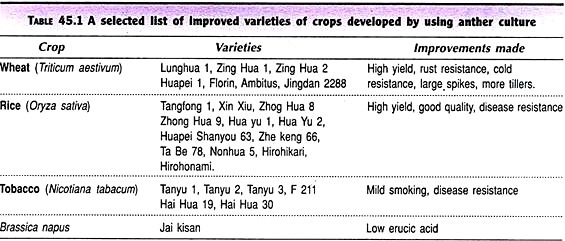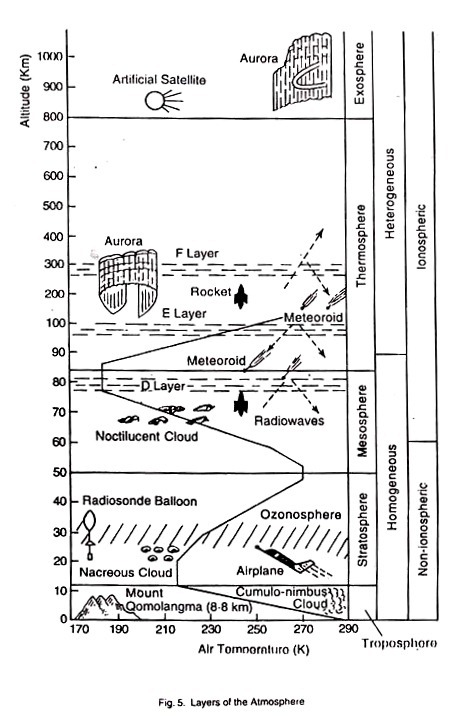ADVERTISEMENTS:
In this article we will discuss about the replication of picomavirus.
The virion RNA is infectious and serves as both the genome and viral messenger RNA. The internal ribosome entry site (IRES) allows direct translation of the polyprotein.
The polyprotein is initially processed by the viral protease(s) into various precursor and mature proteins to yield the structural proteins, replicase, VPg, and a number of proteins that modify the host cell, ultimately leading to cell lysis. The kinetics of picornavirus replication is rapid; its multiplication cycle is completed in about 5-10 hours. The events after infection are shown in Table 17.5.
Virus attaches to host receptors and formation of a coated vesicle takes place. Uncoating and release of the viral genomic RNA into the cytoplasm occurs possibly through the formation of a pore in the host cell membrane (Fig. 17.25-1). VPg is removed from the viral RNA which is then translated into a processed polyprotein (2).
Shutoff of cellular cap-dependent translation occurs by viral protease in entero-, rhino-, and aphtoviruses, through the cleavage of translation initiation factor eEF4G. Replication of viral RNA takes place on membrane vesicles which are derived from the endoplasmic reticulum (ER) (3). For RNA replication an interaction is necessary between ribonucleoprotein (RNP) complexes formed at the ends of the poliovirus genome.
Initiation of (-)RNA synthesis requires a 3′ poly(A) tail and a cloverleaf-like RNA structure located at the other end of the genome. An RNP complex formed around the 5′ cloverleaf RNA structure interacts with the poly (A) binding protein bound to the 3′ poly (A) tail that links the ends of the viral RNA.
Formation of circular RNP complex is required for initiation of (-) sense RNA strand synthesis. RNA circularization may be a general replication mechanism for (-I-) sense RNA stranded of viruses.
A negative-sense complementary ssRNA is synthesized by using the genomic RNA as a template. Virus RNA-dependent RNA polymerase copies the genomic RNA to produce a (-) sense RNA strand.
This forms the template for (+) sense RNA (genomic) synthesis which occurs via a multi-stranded replicative intermediate (RI) complex. The (-) sense cRNA serves as a template for multiple (+) sense RNA strands, some of which are translated and the others form vRNA.
New genomic RNA synthesized by using the (-) sense RNA as a template is believed to be packaged into preformed pro-capsids. Maturation of pro-virions takes place by an unknown host protease. It is believed that RNA is packaged into preformed capsids.
The capsid is assembled by cleavage of the P1 polyprotein precursor into a protomer consisting of VPO, VPS and VP1 which join together enclosing the genome. Maturation and infectivity rely on an internal autocatalytic cleavage of VPO into VP2 + VP4. Cell lysis occurs and virus particles are released after 6-10 min (Fig. 17.25).


